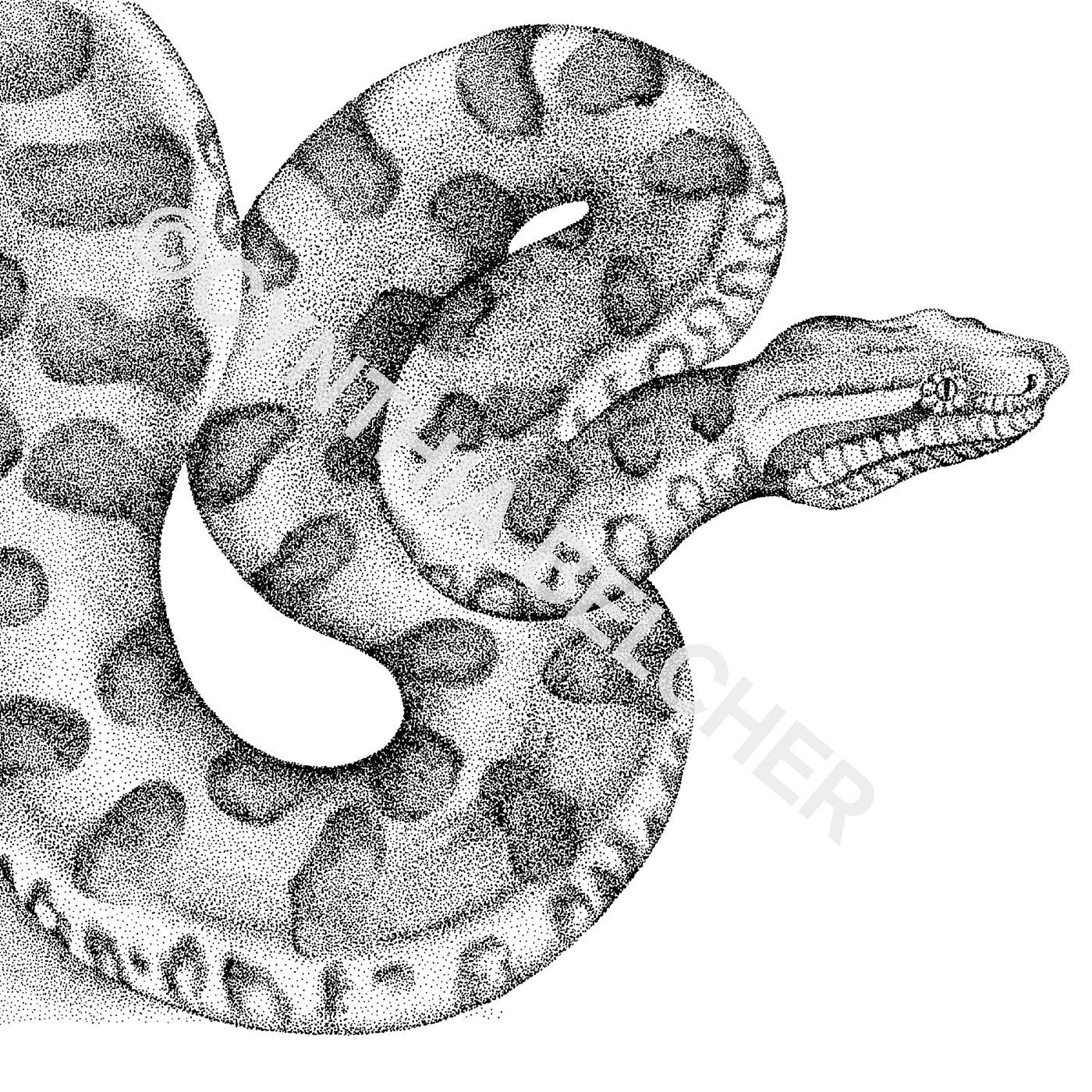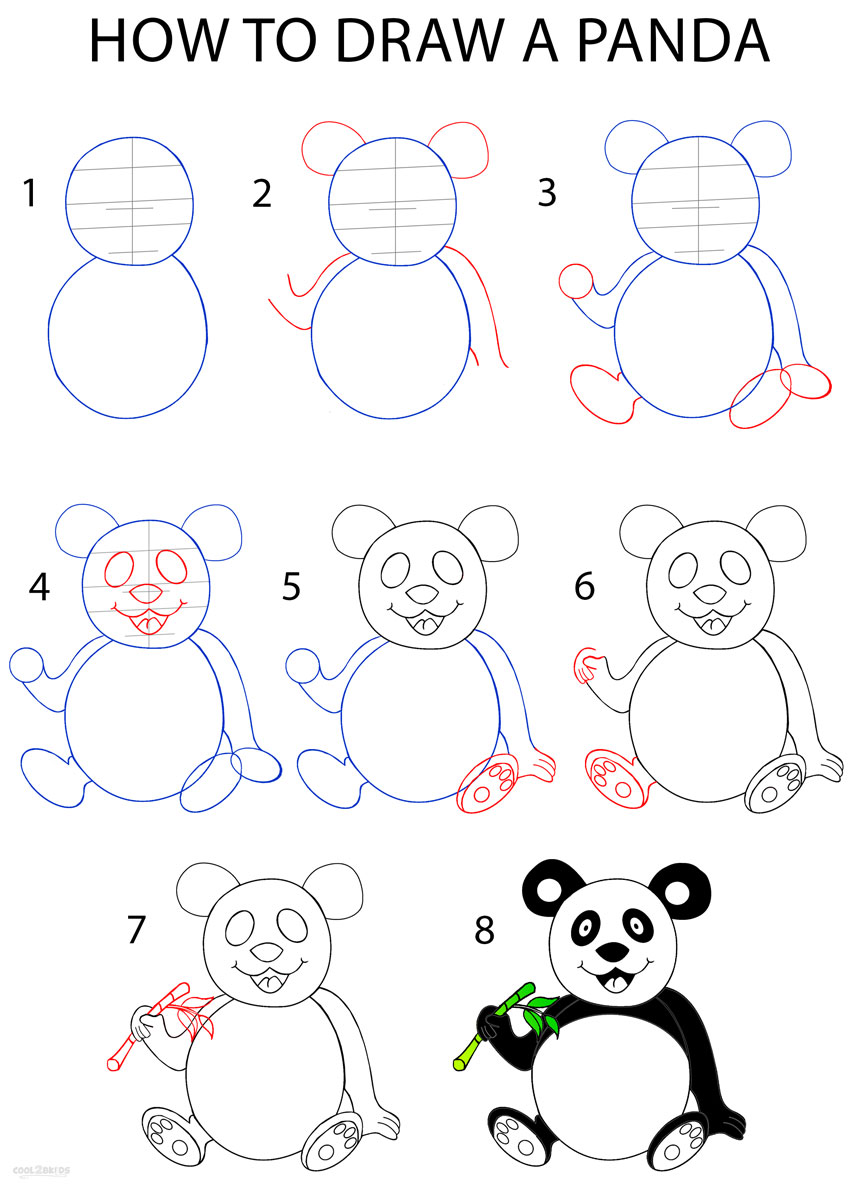How to shade basic forms
Table of Contents
Table of Contents
Are you a beginner artist wondering how to draw basics? Maybe you’re struggling to get started or feeling overwhelmed by all the information out there. Don’t worry, we’ve got you covered.
Many aspiring artists face common struggles, such as knowing how to use different drawing tools, shading properly, and creating a sense of depth and perspective in their art. These skills are critical to creating strong pieces and can feel intimidating to learn.
Let’s start by breaking down the process of how to draw basics step-by-step. First, it’s essential to have the right tools, including paper, pencils, erasers, and sharpeners. Once you have the basics, begin by practicing foundational skills, like sketching shapes, lines, and values.
In summary, mastering how to draw basics is all about developing your skills and practicing regularly. By following these steps, and committing to the process, you can improve your abilities and create beautiful art.
Understanding The Importance of Shading
One of the most critical aspects of learning how to draw basics is shading. Shading gives depth, texture, and dimension to your artwork, and can take an illustration from average to exceptional.
When it comes to shading, one method is using a hatching technique, which involves creating parallel lines in the same direction to create the illusion of depth. This method is incredibly versatile and can be used in various contexts, making it an essential skill for any artist.
To begin practicing your shading techniques, start with basic geometric forms, such as cubes or spheres, and add shade to different areas based on imagined light sources. From there, you can start to add more complex details such as shadows, mid-tones, and highlights to make your artwork more realistic.
Using Grids and Basic Shapes as Guides
If you’re struggling to create accurate proportions or details, using grids or basic shapes can help. Using a grid, you can break down the space into more manageable sections and focus on each section more effectively. This method is useful for creating more realistic drawings or illustrations but can be time-consuming.
Alternatively, using basic shapes, such as circles or squares, as guides can help you build the structure of an image more quickly. This technique is useful for creating rough sketches or basic layouts that you can later build on top of.
Building a Connection Between Mind and Hand
One of the main challenges about learning how to draw basics is building a connection between your mind and hand. Your mind may visualize an image, but it can be difficult to translate onto paper accurately. The key here is to practice regularly and work on both the technical aspects of drawing, such as proportions and shading, and the creative side, like developing your unique style.
Through consistent practice and experimentation, you can train your mind and hand to work together more seamlessly, resulting in artwork that matches your vision more closely.
Becoming Comfortable with Mistakes
As you learn how to draw basics, it’s important to remember that making mistakes is part of the process. No artist creates perfect work all the time, and every piece you create will present a chance to learn and grow. So, don’t be afraid to make mistakes or try new things- it’s all part of the journey.
Question and Answer
Q: How long does it take to become an expert at drawing?
A: There’s no set timeline for becoming an expert artist. It depends on factors such as how much time you commit to practicing, your natural talent, and access to resources.
Q: What’s the best way to learn to draw if I’ve never done it before?
A: The best way to learn to draw is to start by practicing the basics, like sketching shapes and shading. Find resources online or in-person that can guide you through the process, and don’t be afraid to experiment and make mistakes.
Q: How can I find my unique style as an artist?
A: The best way to find your unique style as an artist is to experiment with a range of techniques, tools, and mediums. Try working in different styles, such as realism or abstraction, and see what resonates with you. Over time, you’ll develop a style that’s uniquely yours.
Q: How can I stay motivated to draw regularly?
A: One way to stay motivated to draw regularly is to set goals for yourself, such as completing a series of illustrations or developing a new skill. Find a community of other artists, and join groups or classes to stay engaged and get feedback on your work. And most importantly, make sure you’re enjoying the creative process!
Conclusion of how to draw basics
Learning how to draw basics can feel overwhelming at first, but by breaking down the process and practicing consistently, you can develop these foundational skills and excel as an artist. Remember to focus on the process, not just the end result, and don’t be afraid to make mistakes or try new things. With practice and persistence, you can create beautiful artwork that reflects your unique vision and style.
Gallery
Top Tips For Learning To Draw With Linda Birch | Pencil Drawings For

Photo Credit by: bing.com / shape drawing draw pencil shapes basic simple drawings beginners learning sketch learn birch linda tips choose board techniques
How To Draw Basics Pack By Night-glare On DeviantArt

Photo Credit by: bing.com /
How To Draw Manga: Basics And Beyond! – Manga University Campus Store

Photo Credit by: bing.com /
Learn To Draw #01 - Sketching Basics + Materials | The Learning Zone

Photo Credit by: bing.com /
How To Shade Basic Forms - Pencil Tutorial | How To Shade, Pencil

Photo Credit by: bing.com / shading





